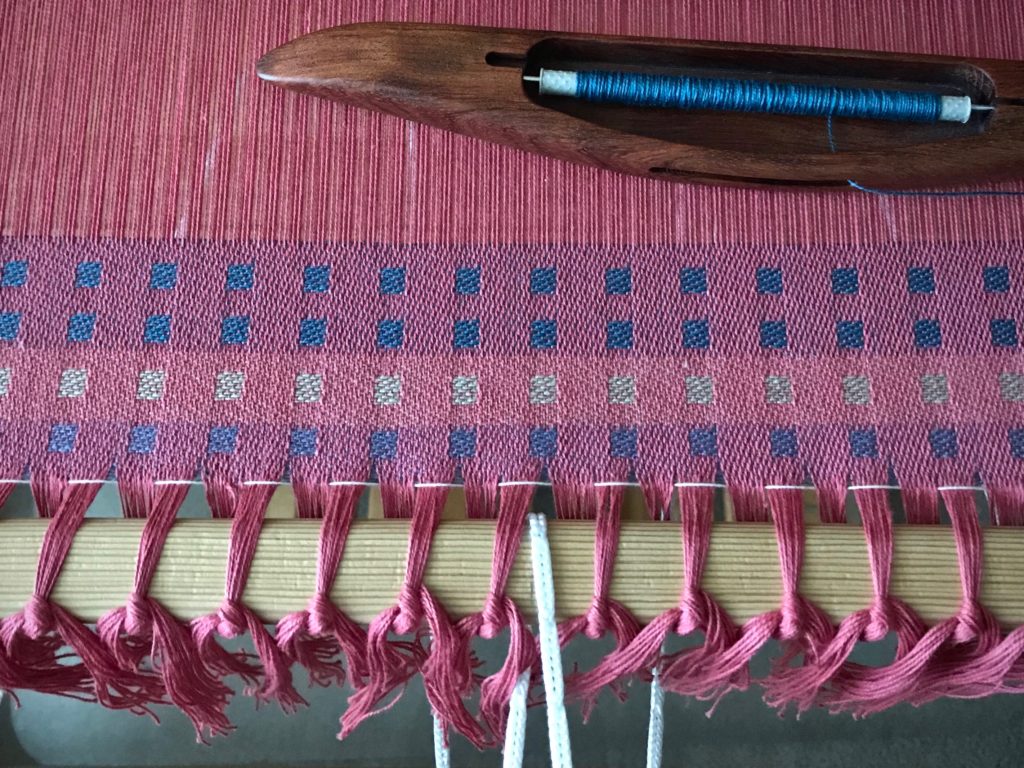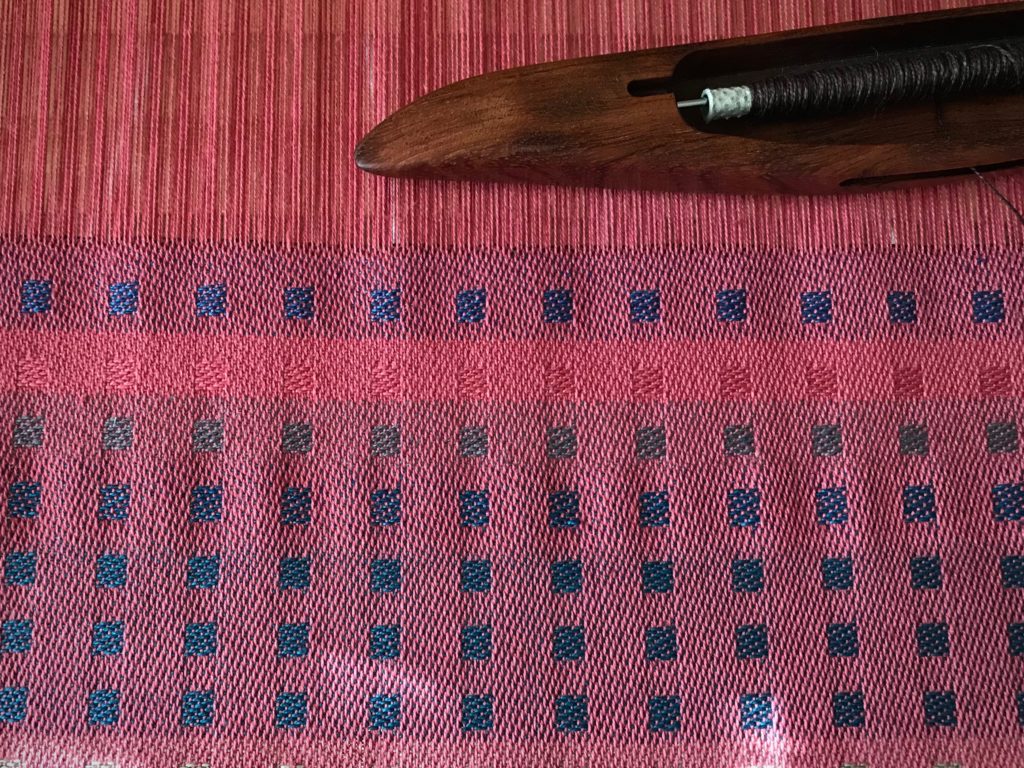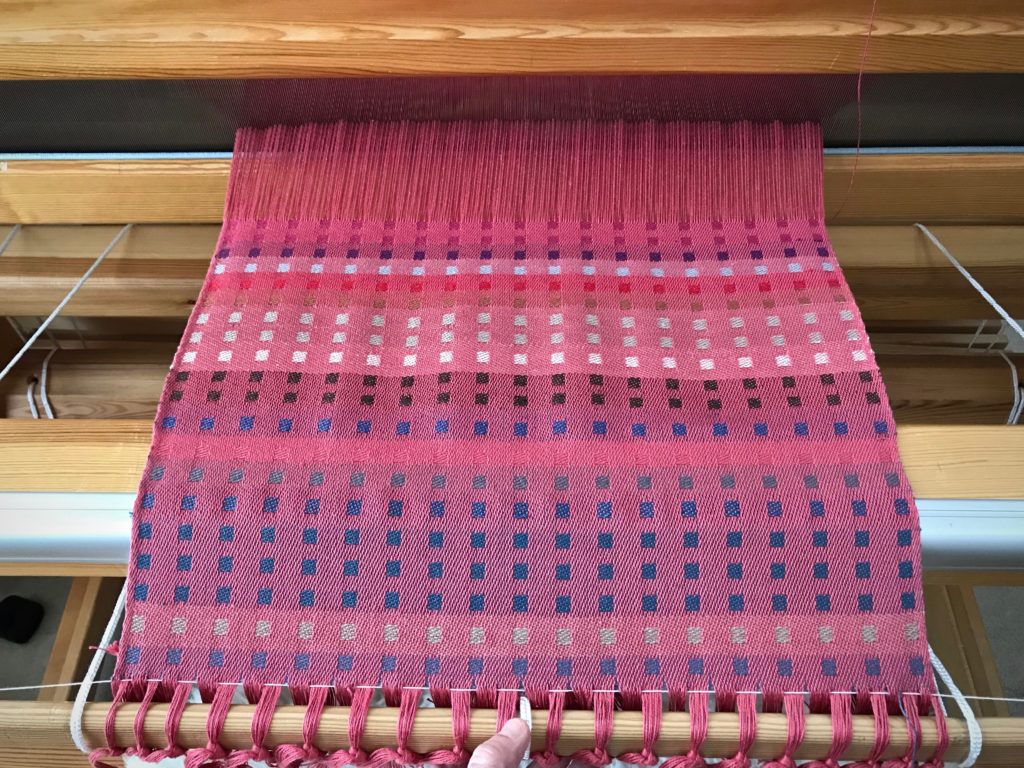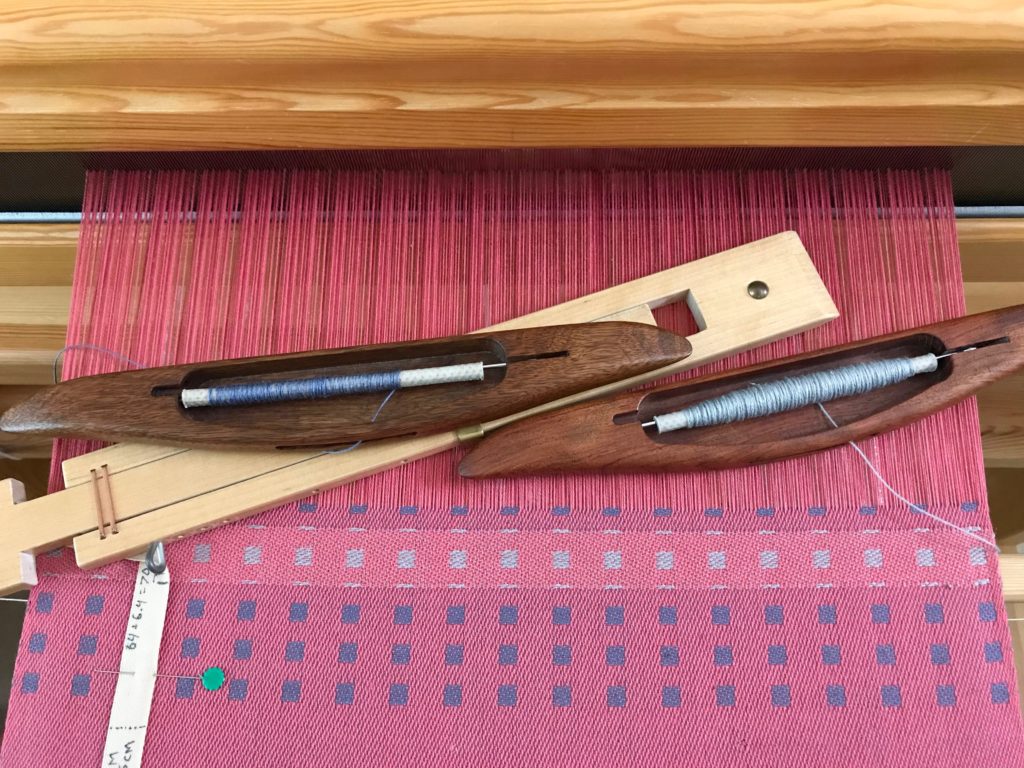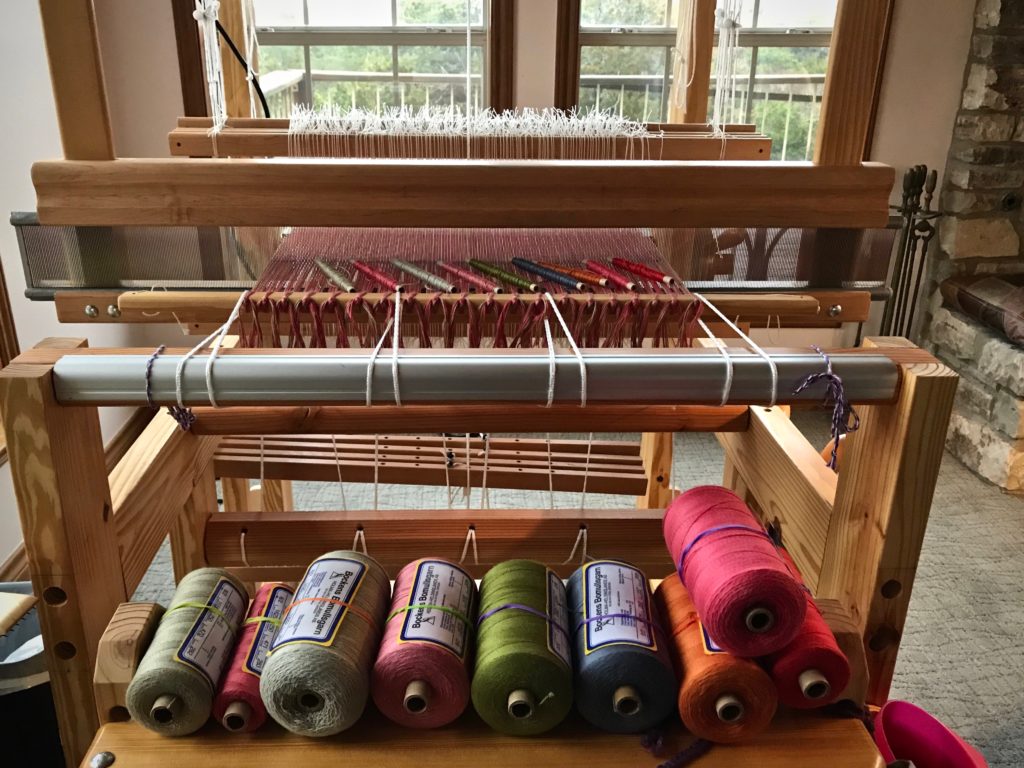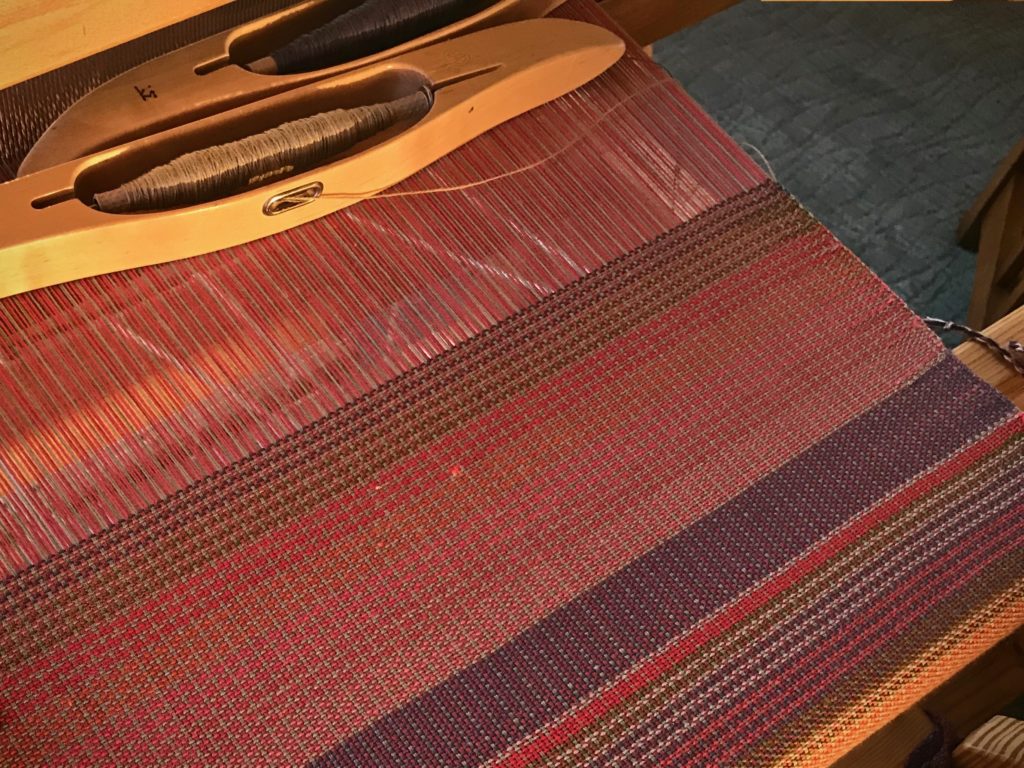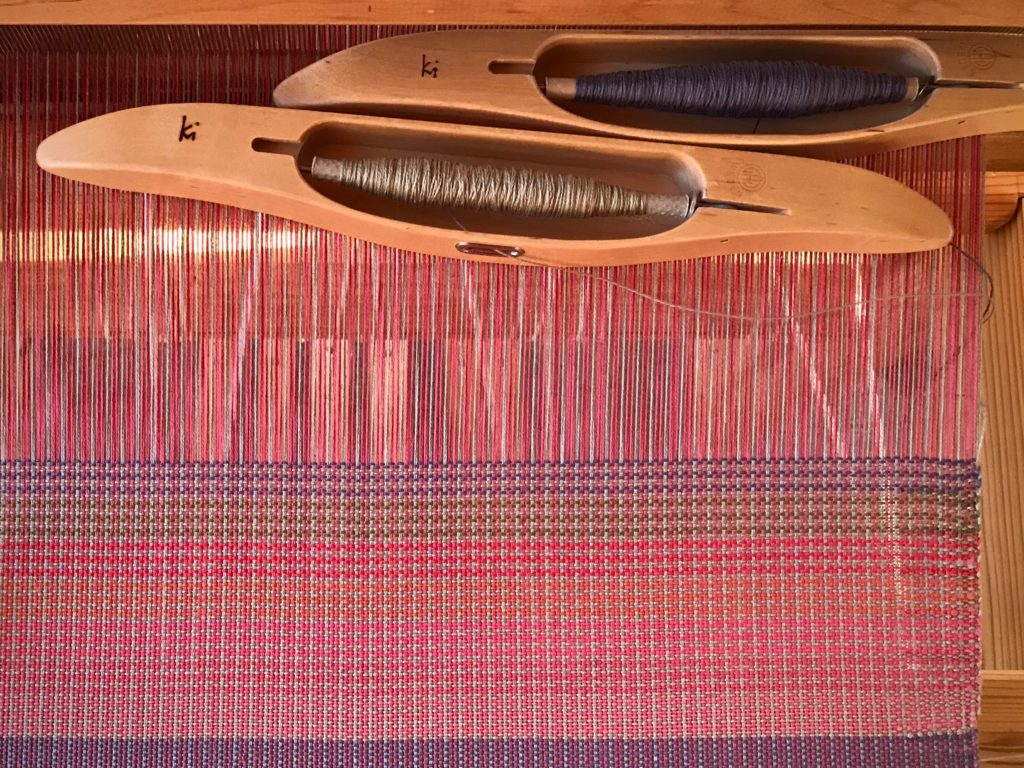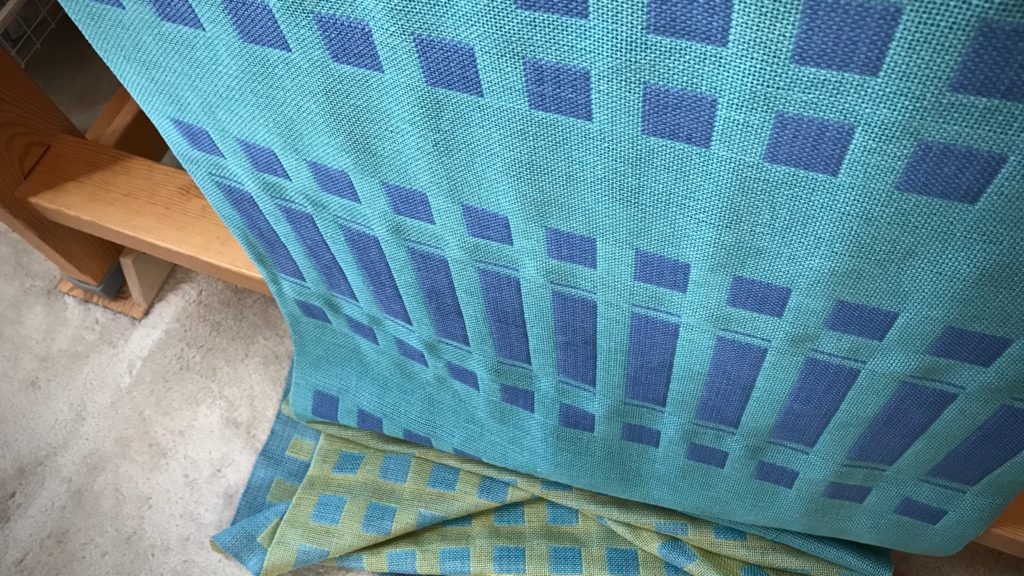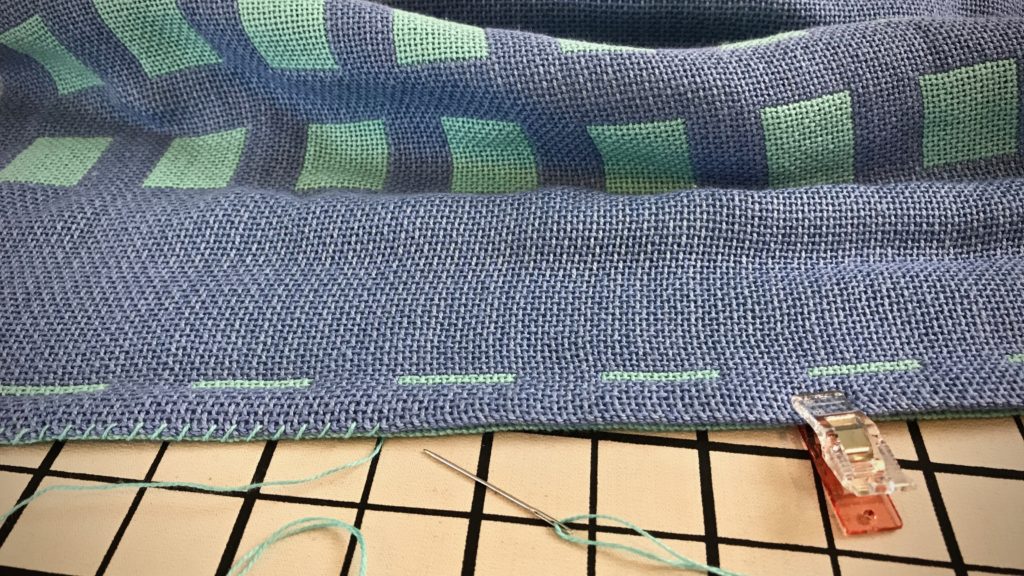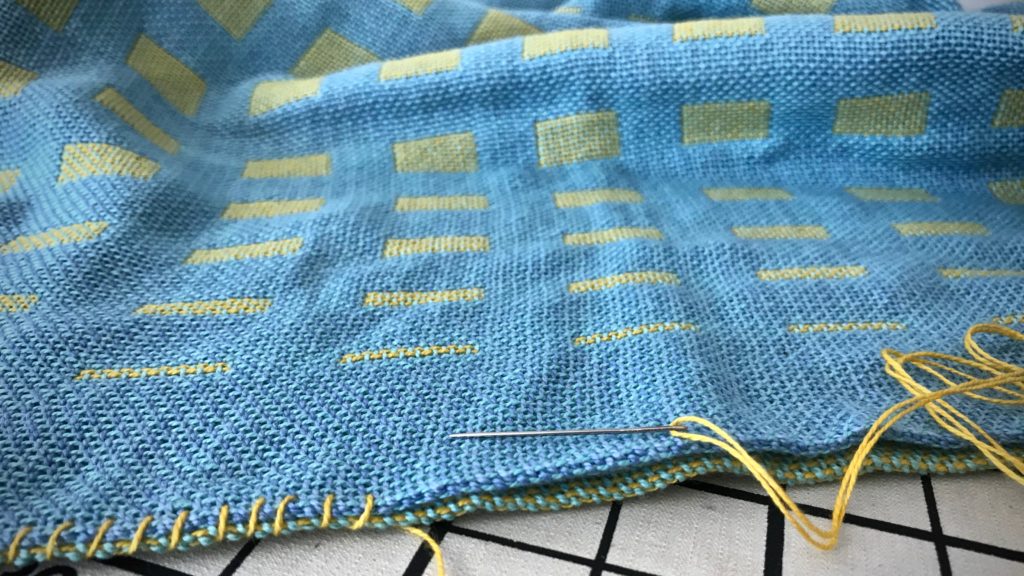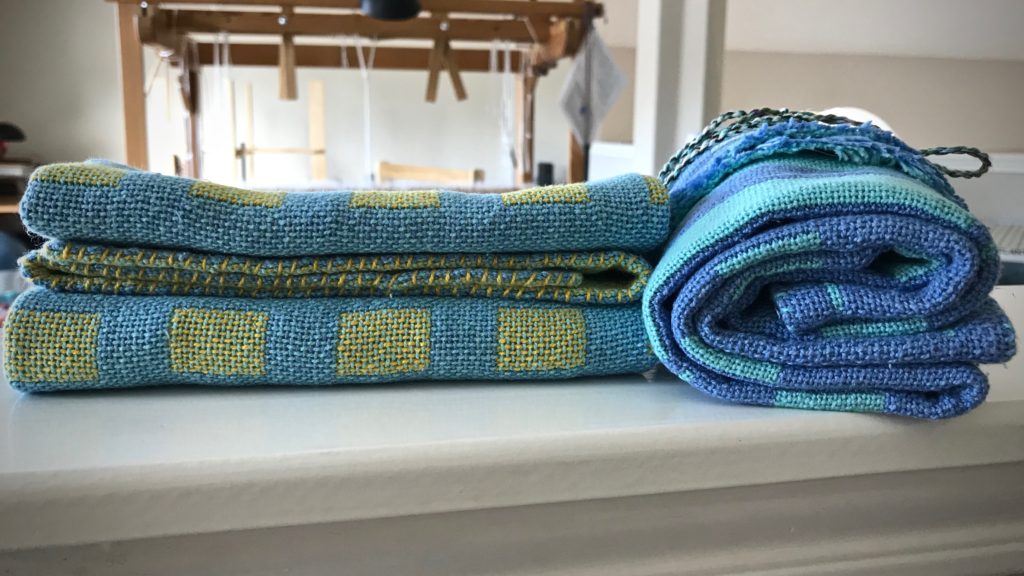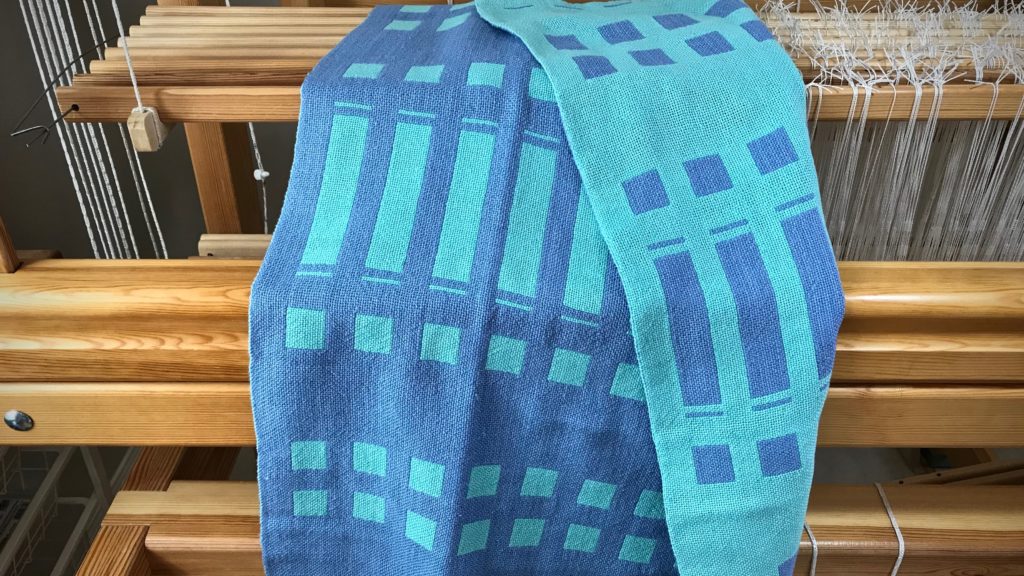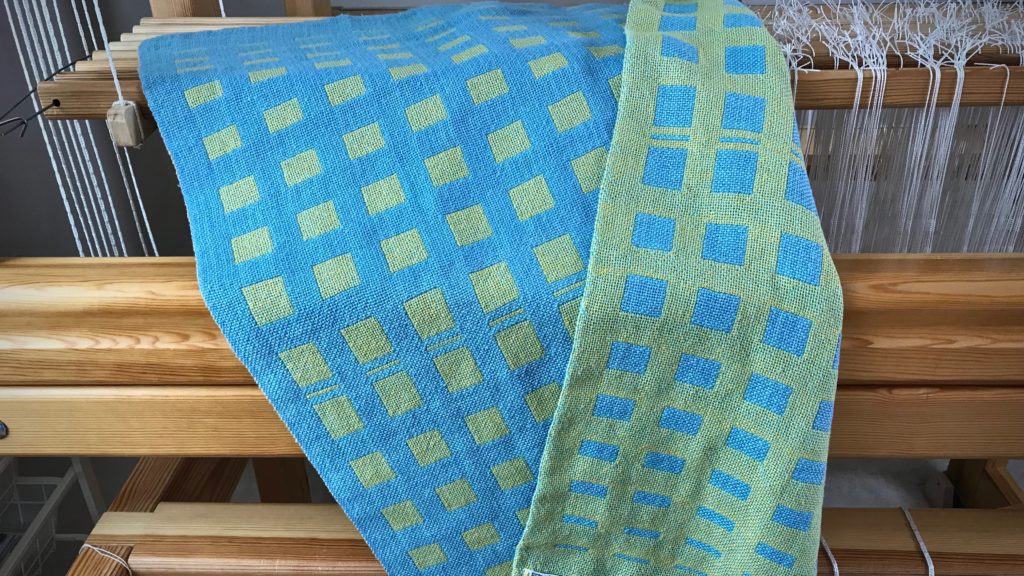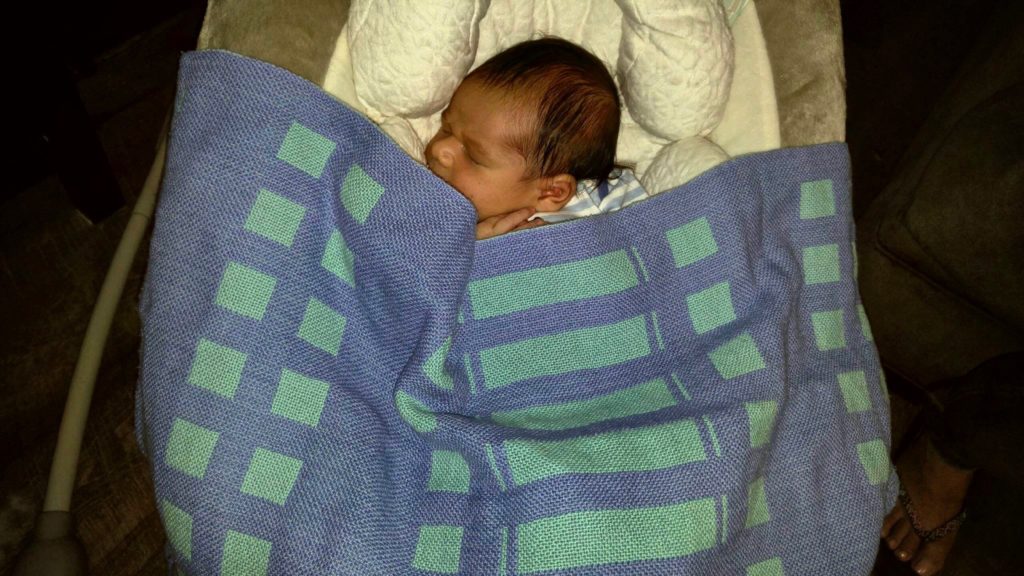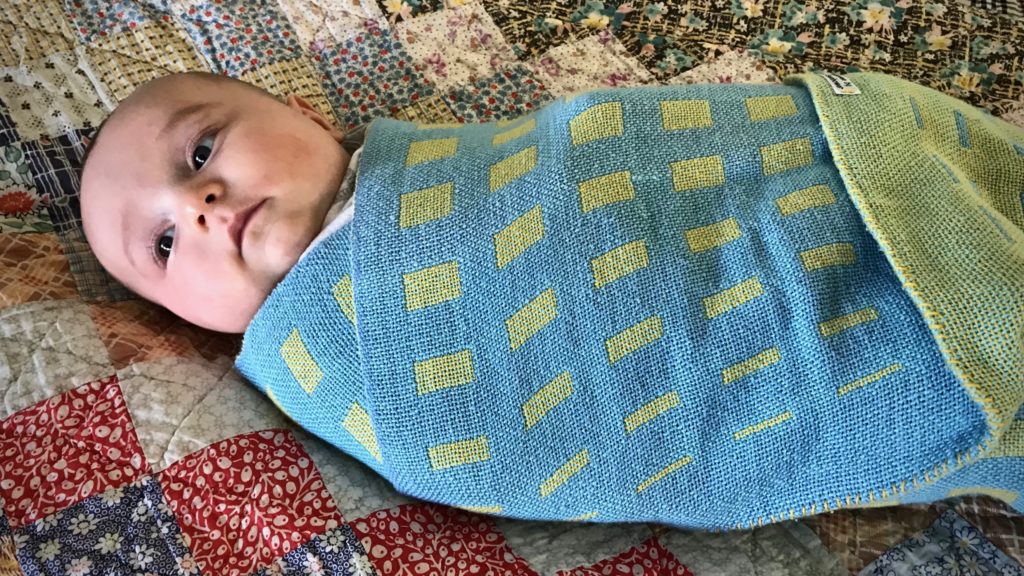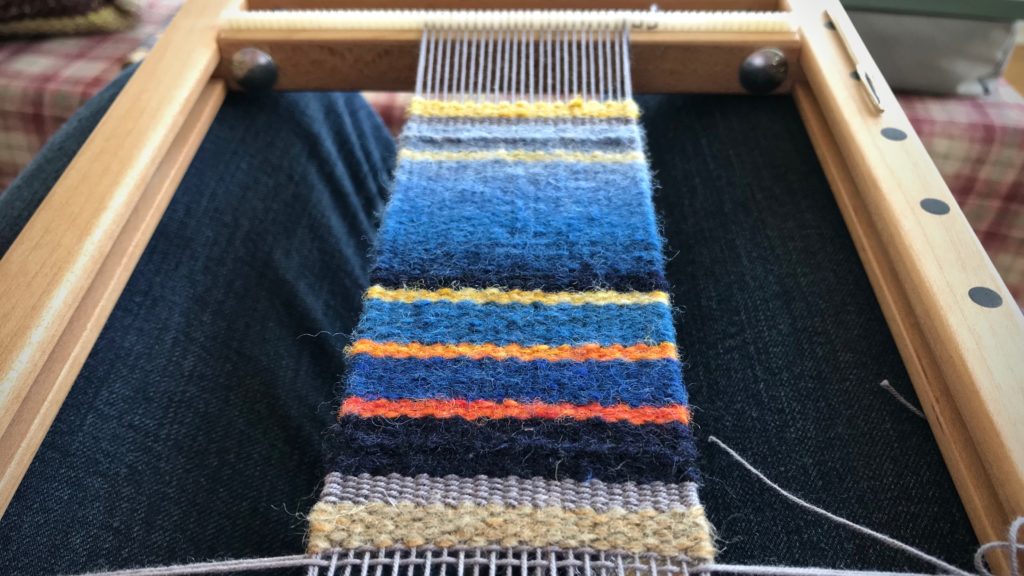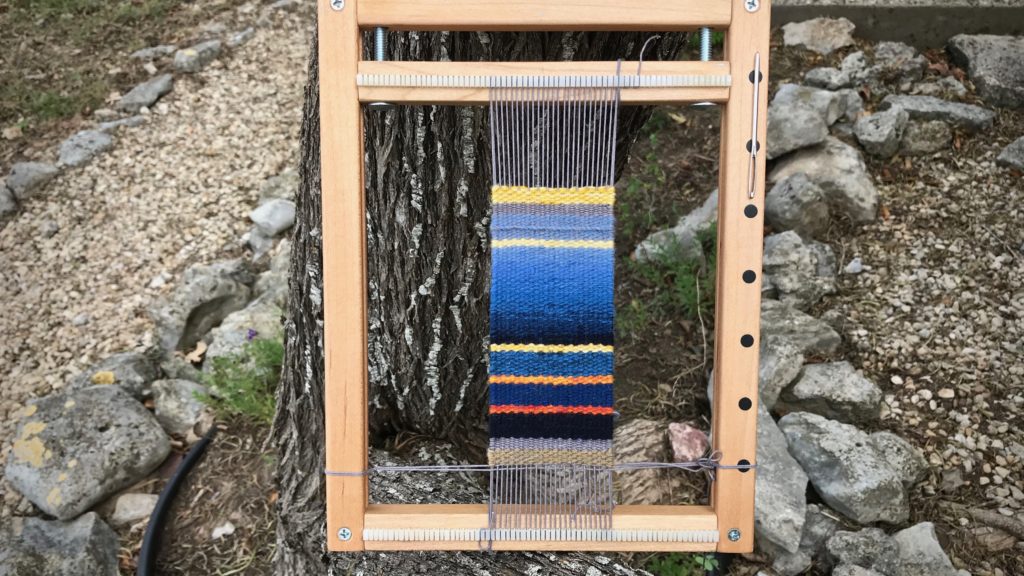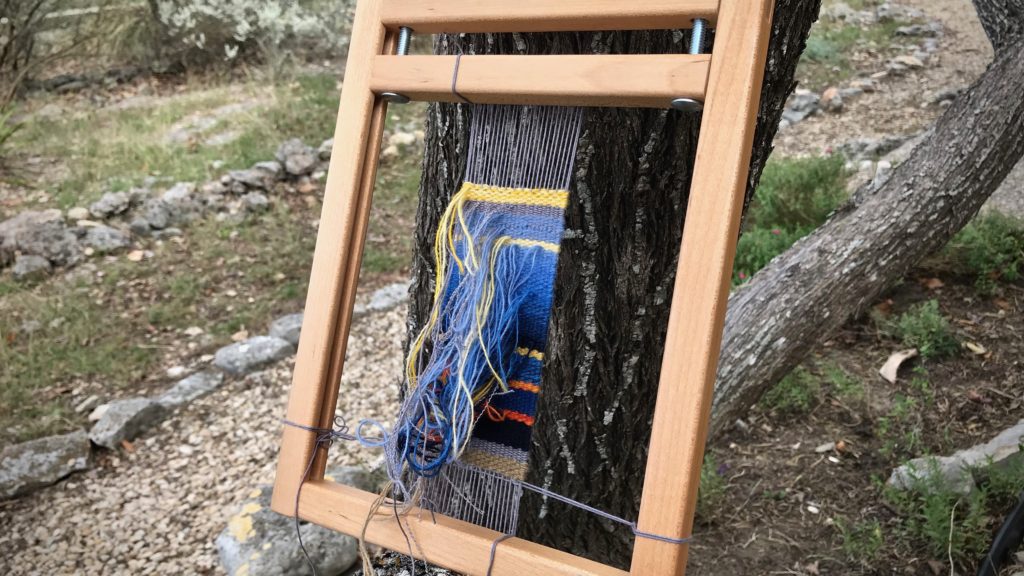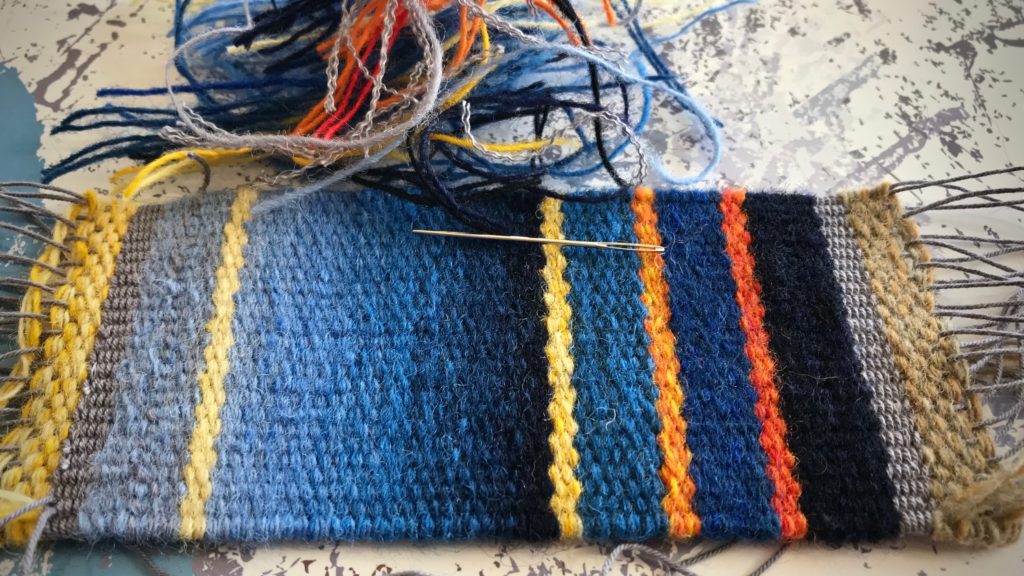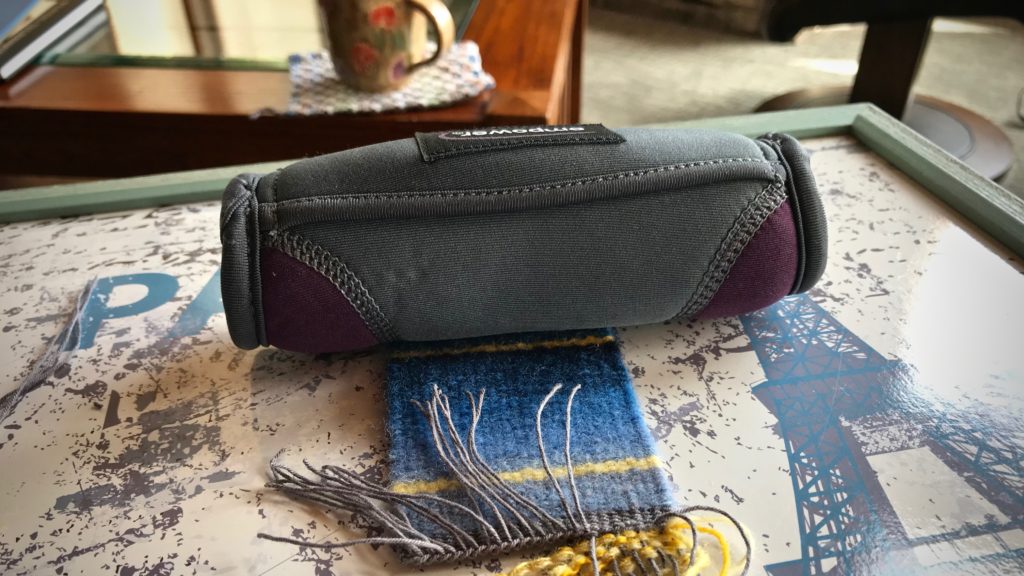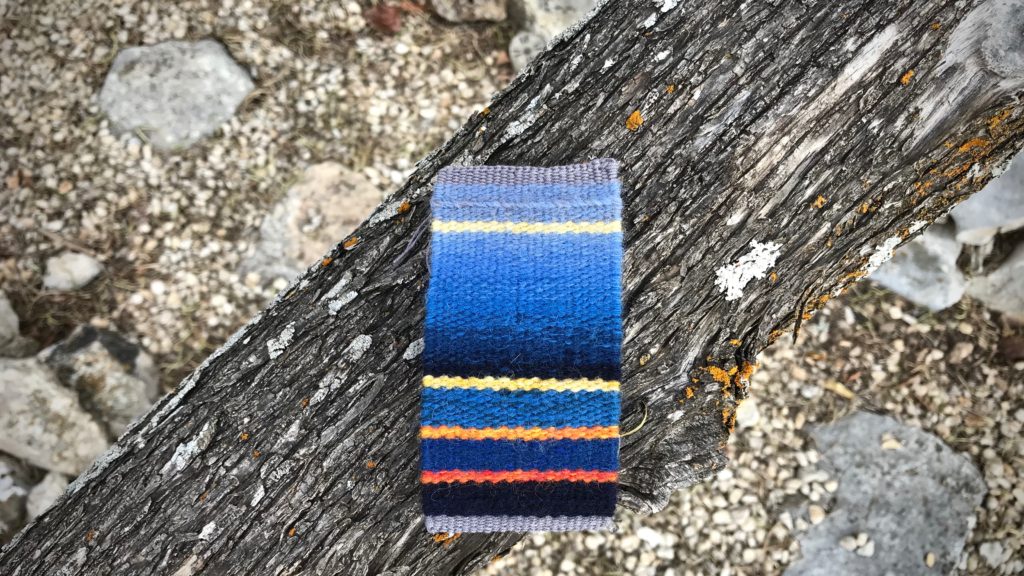“That red would make a very cheerful towel.” She was right! It is very cheerful. When someone whose weaving expertise I admire mentions a color, I want to use that color instead of the one I originally planned. This towel, with its red-and-white cheerfulness, is a testament to the positive influence of another person. The towel also makes me think of valentines. Perfect timing for this week. Do you remember giving innocent sentiments of love to classmates in elementary school on Valentine’s Day?
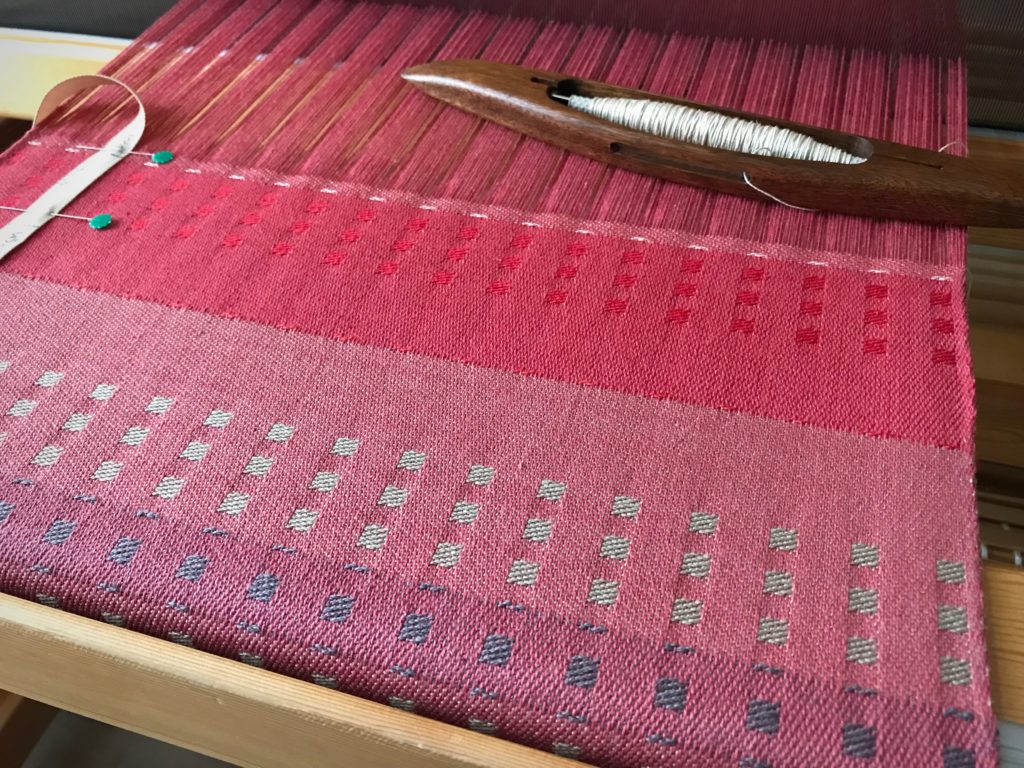
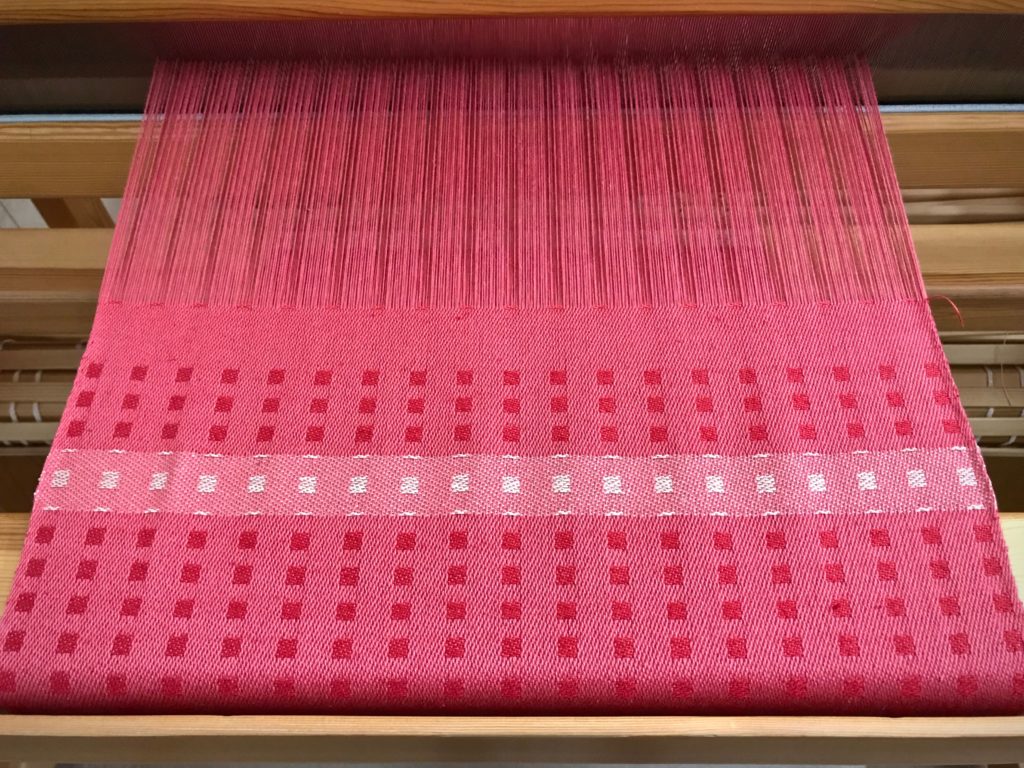
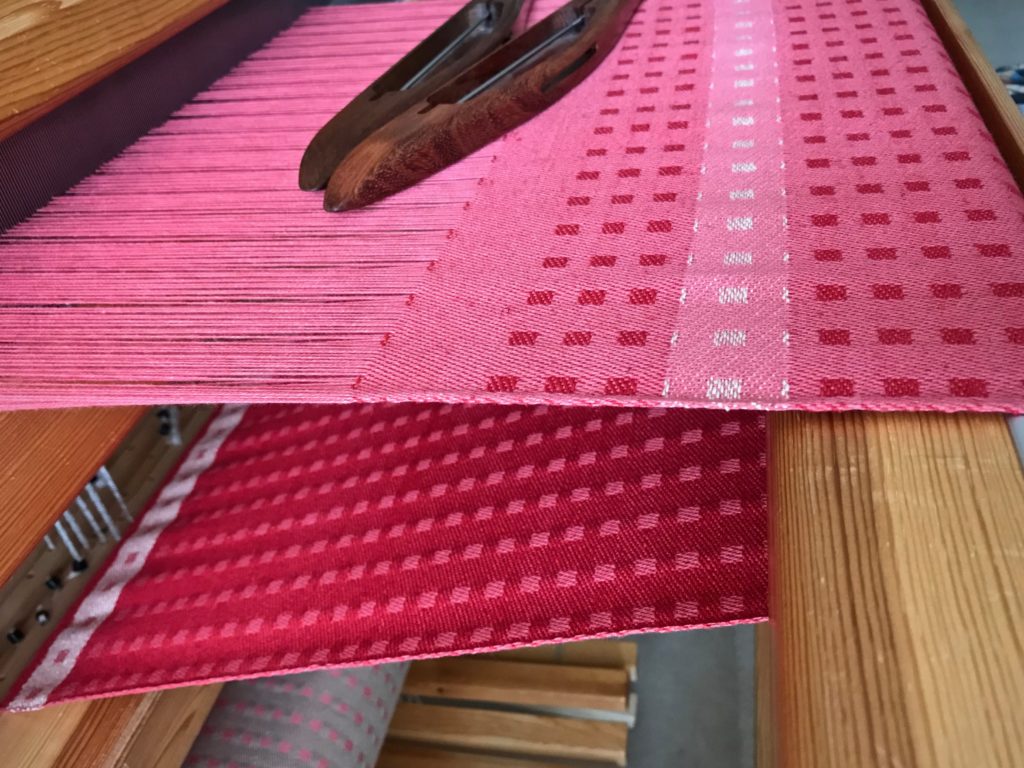
Give. Now, we offer each other genuine expressions of love, not limited to one day of the year. When you give love you are giving something of great value—a part of yourself. God loved all of us by giving his dearly loved son. That’s the love that holds us and keeps us. His love influences us for the better. He so loved us, and so we love.
May the day of love come every day for you.
Love,
Karen

